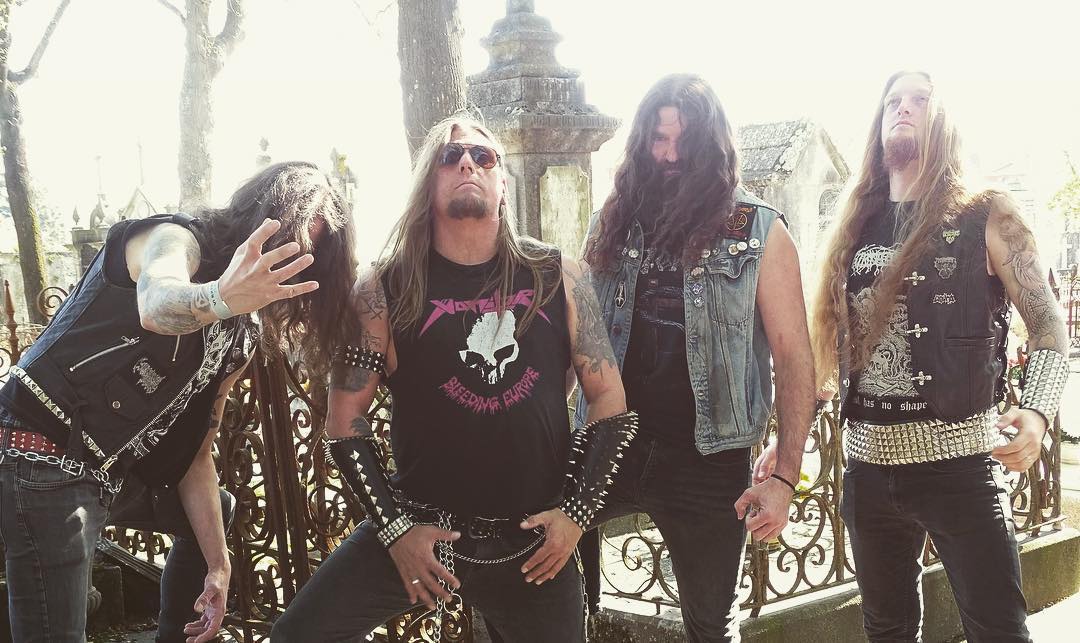
Device acceptance was good in the majority of cases, with the exception of one CH patient and eight healthy participants. The percentage of participants experiencing cognitive arousals for all alarms, was 72% for healthy subjects, 37.5% for CH patients and 33% for COPD patients (ns) (94%, 50% and 44% for clinical arousals (p < 0.01) and 100%, 63% and 44% for EEG arousals (p < 0.01)). Cognitive arousals were observed for 94% of the alarms in the healthy group and for 66% and 63% of subjects in the CH and COPD groups, respectively (p < 0.01). Electroencephalographic (EEG), clinical (trunk lift) and cognitive (record the time on a sheet of paper) arousals were recorded. Vibrotactile alarms were triggered five times during the night at random intervals. Healthy subjects (n = 20) and patients with central hypoventilation (CH) (Congenital Central Hypoventilation syndrome n = 7 non-genetic form of CH n = 1) or chronic obstructive pulmonary disease (COPD) (n = 9), underwent a full-night polysomnography while wearing the wristband. Ukraine remains dependent on Western funding to hold Russia back.The objective of this study was to test the capacity of vibrotactile stimulation transmitted to the wrist bones by a vibrating wristband to awaken healthy individuals and patients requiring home mechanical ventilation during sleep.

Until then, Ukraine must wage war with far less money to pay for it. Ukraine’s bid for EU membership, and promises of Western reconstruction funds, should aid recovery when the war is over. More recently, citizens have returned to Kyiv, boosting the capital’s economy.
/https://public-media.si-cdn.com/filer/33/18/3318a1bb-d459-444a-8f4e-4839ad4f360f/39_nocturne_sugarglider1crop_p105_p105.jpg)
The researchers credit internal migration-there are about 7m displaced people within the country-and relocation of firms, which the government actively encourages, for the economic gains. After the invasion economic activity shifted from Ukraine’s eastern and southern regions towards the safer centre and west (the researchers’ data excludes the occupied Donbas region). Regional breakdown of the data highlights that the overall hit is just part of the story. It shows a contraction of 45% in March (compared with March 2021), followed by a rebound that left economic activity in April 15% lower than a year before. Calibrating a model based on past correlations between these digital “lights” and economic activity allows researchers to estimate where the war-battered Ukrainian economy stands. The night-light equivalent of the digital age is a tweet or a Google search. But a new study on Vo圎U, a research website, argues that the wartime use of nocturnal illuminations for security reasons makes them an unreliable economic indicator.

(See chart.) In the past, to complement patchy official data they have used satellite images of nocturnal lights as proxies for economic activity. Economists thus need to be creative, both when assessing the overall impact on Ukraine’s economy but also variations within the country. Nor are there well-grounded data on the current state of the Ukrainian economy, let alone reliable indications on its future course.

But economic forecasters are rarely war economists. The IMF and Ukraine’s central bank both forecast a decline of around one-third of pre-war GDP. On the more pessimistic end, the World Bank reckons the war could cause its economy to shrink by 45% this year. Our recent coverage of the Ukraine crisis can be found here For a look behind the scenes of our data journalism, sign up to Off the Charts, our weekly newsletter.


 0 kommentar(er)
0 kommentar(er)
